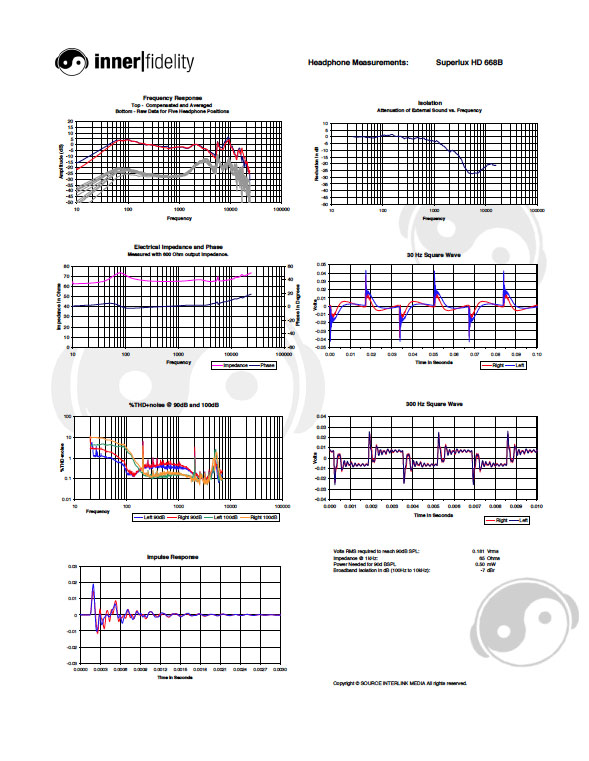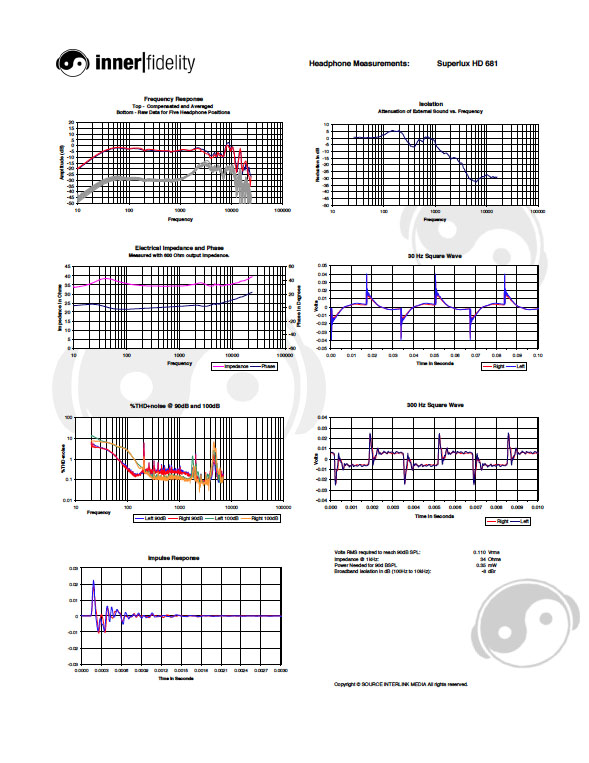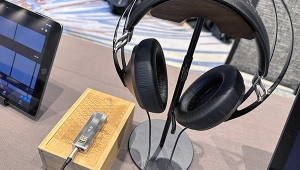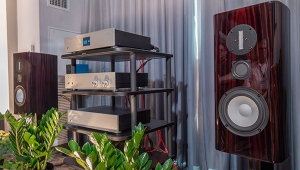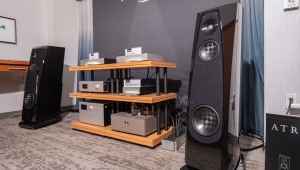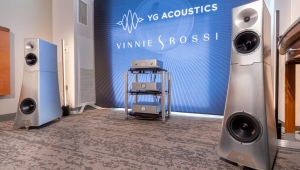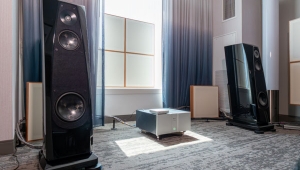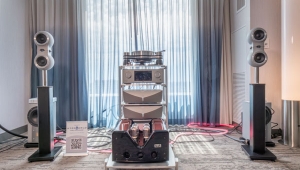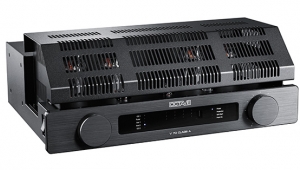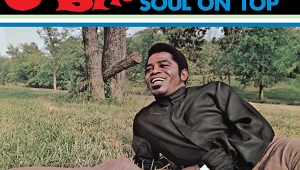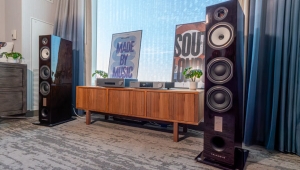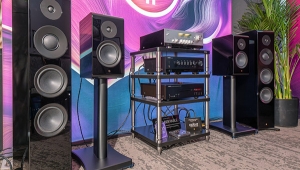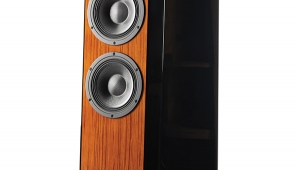| Columns Retired Columns & Blogs |
Superlux HD 668B and HD 681 Headphones Page 2
Sound Quality
To me, they both sounded like listening to good headphones through razor blades. Both headphones have a fast, sharp edge to them, but underneath it they had a good response from mid-bass through the mid-range. The HD 688B has a warm tilt to it and to my ears was a significant improvement over the HD 681, which thinner sounding in comparison.
To me, they both sounded like listening to good headphones through razor blades. Both headphones have a fast, sharp edge to them, but underneath it they had a good response from mid-bass through the mid-range. The HD 688B has a warm tilt to it and to my ears was a significant improvement over the HD 681, which thinner sounding in comparison.
These cans use 50mm diameter drivers, which is about as big as dynamic drivers get. It seems to me this is likely one of the reasons for such surprising bass and mid-range performance, and the sense that these headphones perform well above their price. The treble boost kind of screws up the perception though.
The cool thing was that if I EQed a roll-off in the treble their sound was dramatically improved and became quite listenable. I started rolling the frequency response off at about 2kHz to be about 10dB down at 7kHz, and kept it there up to 20kHz. On my iPhone I used the "Treble Reducer" setting. Given that these cans will often be used by folks on a budget and listening to an iPod or similar device that will likely have an equalizer, I thought the listening experience under these conditions was very good for the money.
With the highs shelved down, I felt both cans did a good job of delivering clear and coherent audio; the imaging was quite good on both cans. The 681 was a bit more neutral, but retained more of its harsh edge than the 668B with the same EQ settings. I continued to prefer the 668B with EQ, but I'm sure that the 681 would be acceptably good, especially considering the price.
Click on graphs image to download .pdf for closer inspection.
Click on graphs image to download .pdf for closer inspection.
Technically, the 681 measurements are slightly better than those of the 668B with slightly flatter frequency response, slightly better power handling in the bass of the THD response, slightly better bass linearity in the 30 Hz square wave, and slightly less noise in the 300Hz square wave and impulse response. Both headphones had a distortion peak at about 5kHz.
The disturbing thing on both sets of measurements is the large spike on the leading edge of the 300 Hz square wave, and the excessive treble energy above 5kHz.
The 681 will play somewhat louder on portable players with 110mVrms needed to reach 90dBspl, and a 34 Ohm nominal impedance. But with 181mVrms for 90dBspl and 65 Ohms impedance, the 668B will play acceptably loud on most portables.
Summary
Assuming you have the ability to EQ out 7-10dB of treble energy above about 5kHz I think these make an excellent entry-level can for a budding headphone enthusiast on a tight budget and I'll gladly recommend them under those circumstances. But excessive high frequencies make these cans too harsh to recommend broadly, and lack of good isolation make these a poor choice for recording studio work, or for travel and commuting purposes.
A big shout-out to HeadRoom for the loan of the headphones.
Resources after the video.
Resources
Superlux Taiwan manufacturer home page, and Avlex U.S. distributor page.
Avlex .pdf info sheet on the HD 668B and HD 681.
Head-Fi HD 668B reviews and threads here and here.
Google translate of Taiwanese Superlux page for HD 668B and HD 681.
- Log in or register to post comments
